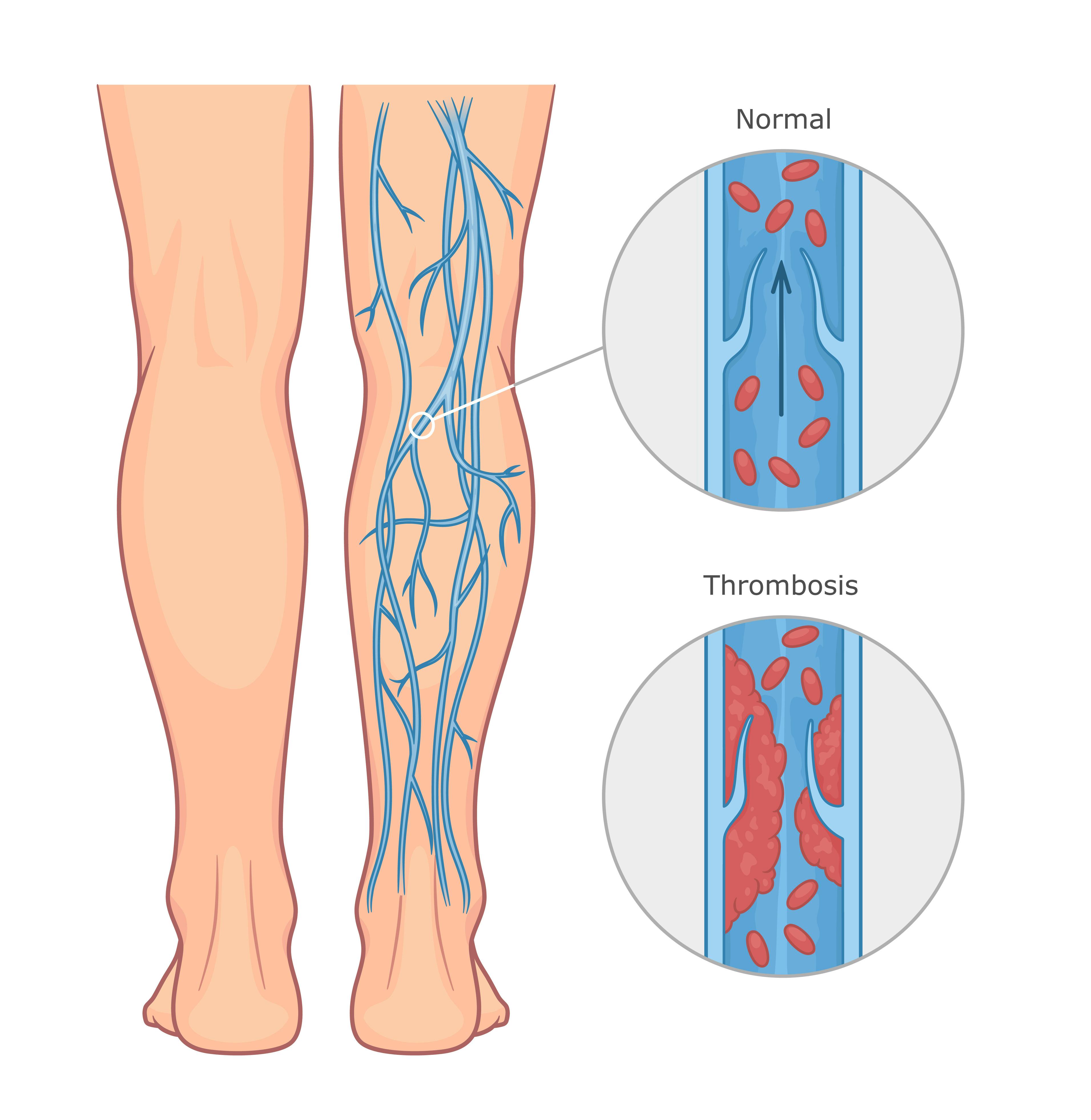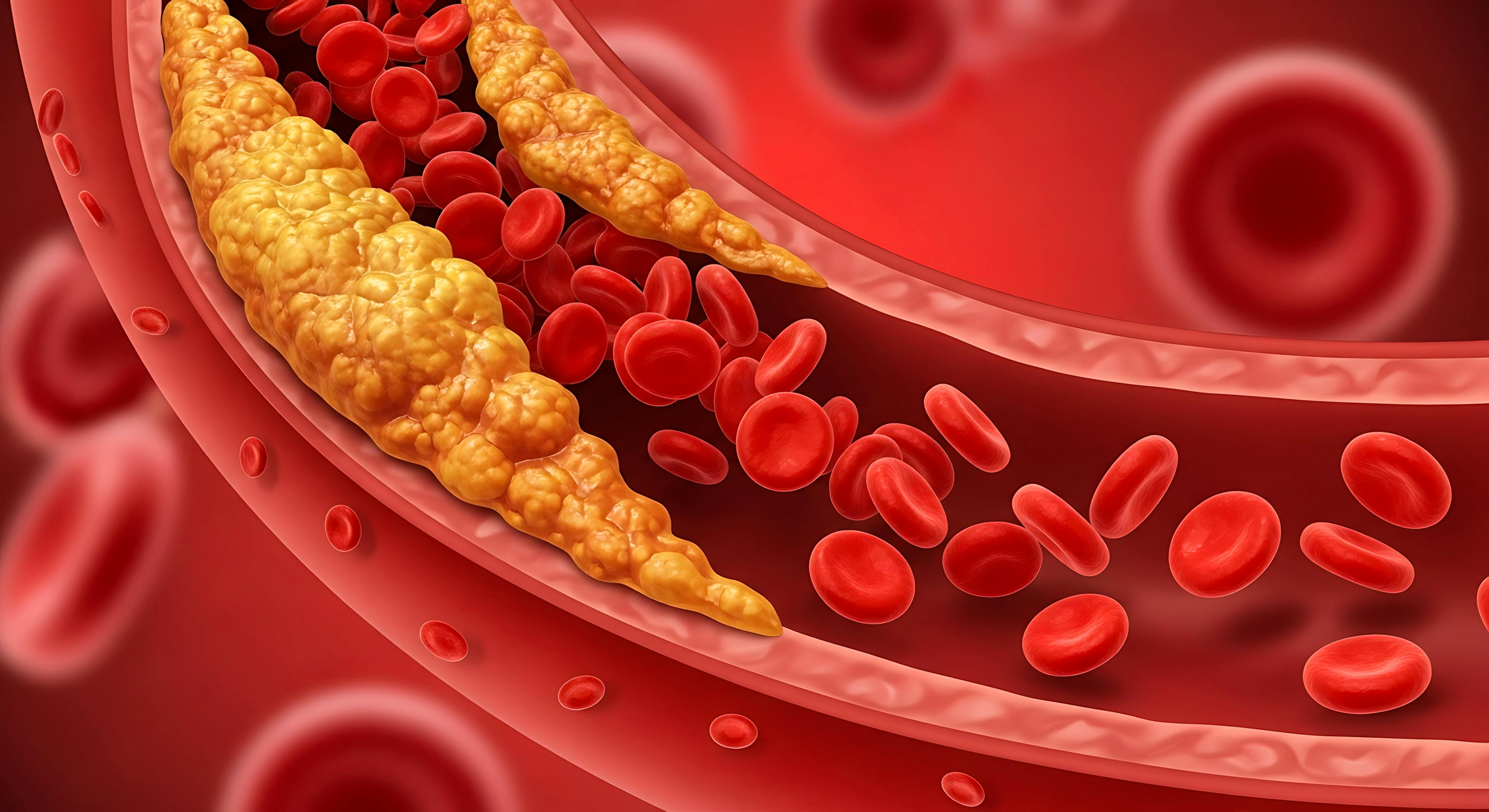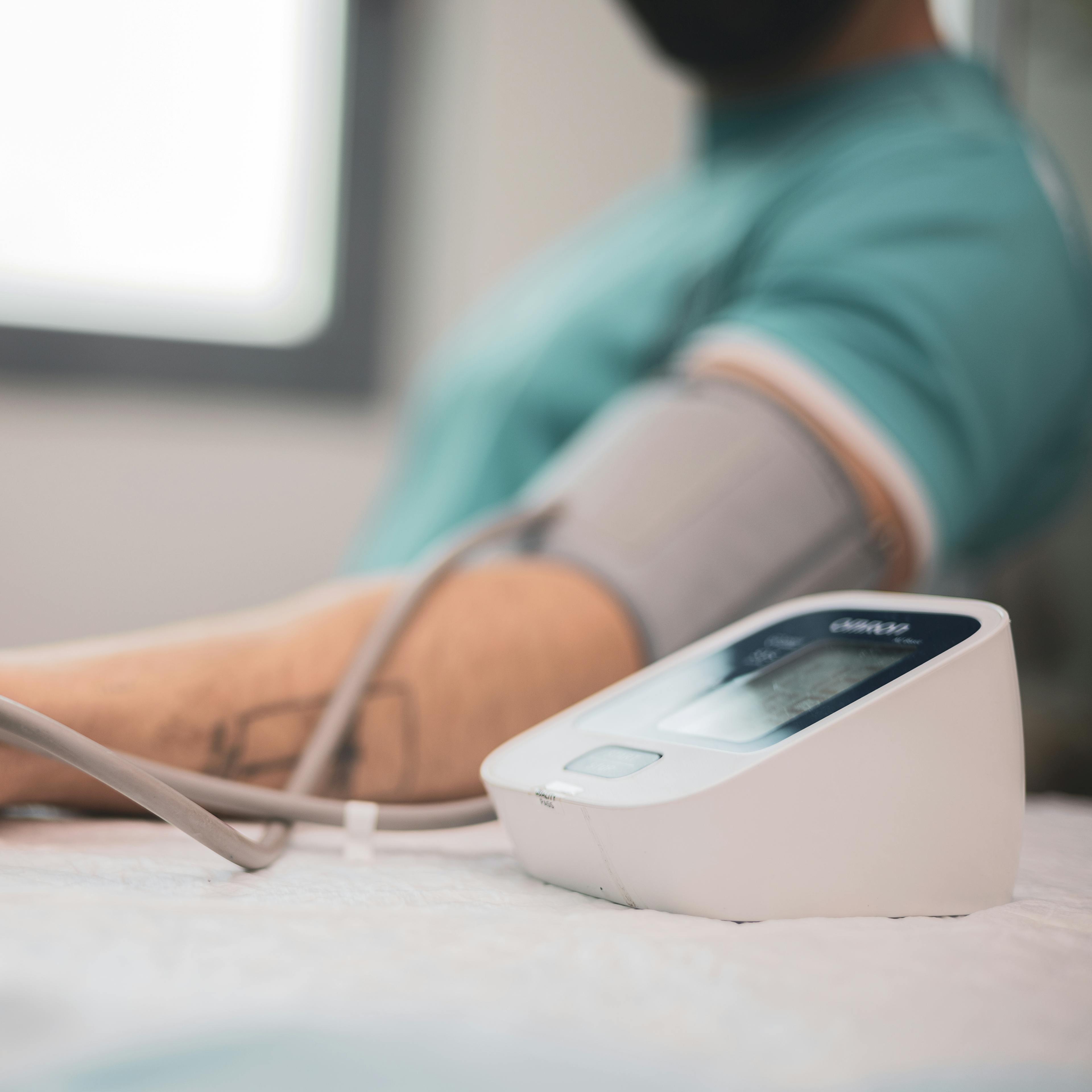Each year, blood clots affect up to 900,000 people in the United States. Blood clots, medically known as thrombosis, are a significant health concern that can lead to severe complications if not addressed in a timely manner. This article will help you understand blood clots, including their risks, causes, symptoms, and treatment options to improve your well-being.
What are Blood Clots
Blood clots are aggregations of blood that have changed from a liquid to a gel-like or semisolid state. While clotting is a normal and essential process to prevent excessive bleeding when you are injured, abnormal clotting inside your blood vessels may cause serious health issues such as stroke, heart attack, pulmonary embolism (PE), deep vein thrombosis (DVT), venous thromboembolism (VTE), post-thrombotic syndrome, and chronic thromboembolic pulmonary hypertension (CTEPH).
What Causes Blood Clots?
The causes of blood clots are varied and are linked to several risk factors and health conditions. Here are some of the primary causes:
Prolonged Inactivity: Clots form when movement is limited, such as during long periods of sitting (e.g., flights or bed rest), which reduces blood flow.
Vein Injury: Damage to a vein from trauma or surgery could trigger clot formation.
Medical Conditions: Certain illnesses, such as cancer or heart disease, raise the risk of clots.
Smoking: Tobacco use increases the likelihood of clot formation.
Obesity: Higher body weight is linked to an increased risk of clots.
Genetic Conditions: Some inherited disorders make individuals more prone to clotting.
If you are uncertain about when to see a doctor after experiencing symptoms of abnormal clotting, it's important to act promptly. Look out for signs such as unexpected swelling, pain in your legs, sudden shortness of breath, or chest pain. We recommend consulting with a cardiology specialist to ensure a thorough evaluation and appropriate management of your condition.
Types of Blood Clots and Symptoms
Deep vein thrombosis (DVT)
DVT typically forms in the deep veins of the legs and presents with symptoms such as pain, swelling, redness, and warmth in the affected limb. A clot that dislodges and travels to the lungs can become life-threatening.

Lungs
A pulmonary embolism (PE) is an emergency situation resulting from a clot that travels to the lungs, blocking blood flow. Symptoms include: sudden shortness of breath, chest pain that worsens with deep breathing, a rapid heart rate, and coughing up blood.

Heart
It is possible for a blood clot in a coronary artery to cause a heart attack. In such cases, you may experience chest pain or discomfort, upper body pain, shortness of breath, and nausea.
Brain
When a clot obstructs blood vessels in the brain, it can lead to a stroke. Signs include sudden numbness or weakness in the face, arm, or leg, particularly on one side of the body, confusion, difficulty speaking, and loss of balance.
How are blood clots diagnosed?
Blood Tests
Blood tests are used to identify specific markers that indicate abnormal clotting activity and evaluate the risk factors for clot formation. These tests also help assess underlying risk factors, such as genetic predispositions or conditions like thrombophilia, which can increase the likelihood of clot formation. For example, a D-dimer test is commonly used to help rule out blood clots and assess whether you have an ongoing clotting condition.
Ultrasound
This non-invasive imaging technique is commonly used to locate clots in the veins, particularly in the legs, where DVT often occurs. By visualizing the blood flow and identifying areas of obstruction or reduced circulation, an ultrasound provides a clear and immediate diagnosis of clot presence and location.
CT Scan
Computed tomography (CT) scans are advanced imaging tools that offer detailed views of the body to uncover clots in critical areas such as the lungs (pulmonary embolism) or brain (stroke). With the use of contrast dye, CT scans are able to highlight blood flow and pinpoint the exact location and size of a clot, aiding in accurate diagnosis and treatment.
Electrocardiogram (ECG)
An ECG measures the electrical activity of the heart and is useful in detecting abnormalities caused by or resulting in blood clots, such as those leading to a heart attack. This test is used to detect irregular heart rhythms or blockages in the coronary arteries, which may signal the presence of a clot requiring immediate attention.
Blood Clots Treatments
The treatment strategy for blood clots depends on the location of the clot and the overall health of the patient:
- Anticoagulants, commonly known as blood thinners, are used to prevent the clot from growing.
- Thrombolytics are drugs used to dissolve major clots.
- Compression Stockings help reduce the likelihood of swelling associated with DVT.
- Surgery may be necessary in extreme cases to remove the clot.
How to Prevent Blood Clots
Safeguard your health and lower your risk of blood clots with these actionable tips:
- Maintain an active lifestyle with regular exercise.
- Stay hydrated and limit alcohol consumption.
- Manage weight and diet to prevent obesity.
- Adhere to medical advice post-surgery or during pregnancy.
If you’re concerned about blood clot symptoms or risks, healthcare providers at CLS Health are here to help you understand your condition and learn more about which treatment option would best address your health needs.
FAQs
Blood clots can develop due to factors like prolonged immobility, surgery, certain medications, and medical conditions such as cancer or heart disease. Additional risk factors include being over the age of 60, obesity, smoking, genetic predispositions, and undergoing specific types of surgeries.
Treatment for blood clots often involves anticoagulant medications to prevent further clotting. In severe cases, thrombolytics to dissolve clots or mechanical removal through surgery may be necessary.
Yes, having one blood clot does increase your risk of developing another, especially if the initial clot was due to an underlying condition that persists or if preventive measures are not followed. In fact, one-third (about 33%) of people with a VTE will have a recurrence within 10 years.
Blood clots may cause pain, which might feel like cramping or throbbing in the affected area. The pain often comes with swelling or tenderness, especially when they occur in the leg or arm.
A blood clot in a limb often feels like cramping or soreness, with possible redness and swelling. In the lungs, it can feel like sharp chest pain, sudden shortness of breath, or a cough with blood-tinted sputum.


